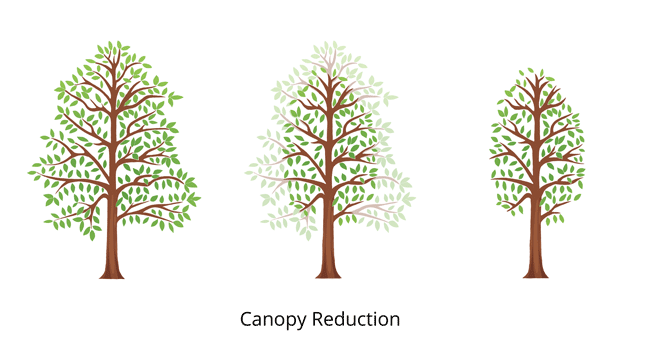
Green Tree Disposal: Sustainable Practices for Arbor Waste
Embracing sustainable tree greenery disposal practices is vital for environmental conservation. From pruning debris to fallen leaves, responsible disposal methods not only manage arbor waste effectively but also contribute to a greener and healthier ecosystem. Explore the significance of green tree disposal and adopt eco-friendly strategies for managing tree-related debris.
The Environmental Impact of Arbor Waste
Every tree, whether in a residential backyard or a vast forest, generates green waste through natural processes like shedding leaves, branches, and pruning debris. Understanding the environmental impact of arbor waste is crucial. Disposing of tree greenery inappropriately can contribute to landfill congestion and hinder the potential for nutrient cycling and soil enrichment.
Mulching: A Sustainable Solution for Green Tree Waste
Mulching stands out as a sustainable solution for green tree waste disposal. Shredded branches, leaves, and other tree debris can be transformed into nutrient-rich mulch. This mulch serves as a protective layer for soil, reducing water evaporation, suppressing weed growth, and promoting healthier plant growth. The process not only recycles arbor waste but also enhances the overall vitality of the landscape.
Composting for Organic Recycling
Composting is another eco-friendly method for managing tree greenery. Fallen leaves, small branches, and other organic materials from tree pruning can be composted to create nutrient-dense compost. This compost can then be used to enrich soil, promoting healthier plant growth. Composting not only diverts arbor waste from landfills but also contributes to sustainable soil management.
Community Green Waste Collection Programs
Many communities offer green waste collection programs that facilitate responsible disposal of tree-related debris. Participating in these programs allows residents to place tree greenery in designated bins, ensuring proper disposal and subsequent recycling or composting. Community green waste initiatives contribute to reducing the environmental impact of arbor waste on a larger scale.
Wood Chipping: Transforming Branches into Useful Material
For larger branches and tree limbs, wood chipping provides a practical solution. Chipped wood can be utilized for various purposes, including landscaping, paths, and even as a biomass energy source. Wood chipping transforms bulkier arbor waste into a valuable resource, minimizing the need for additional materials and promoting a circular economy.
Donation for Repurposing and Reuse
In cases where trees are removed due to construction or landscaping projects, consider donating usable wood to organizations or individuals involved in woodworking or crafting. Repurposing tree wood for furniture, art, or other projects minimizes waste and extends the life cycle of the tree materials.
Educational Outreach on Green Tree Disposal
Promoting awareness and educating the community about green tree disposal practices is essential. Educational outreach can include workshops, online resources, and informative materials on sustainable arbor waste management. By empowering individuals with knowledge, communities can work collectively towards more environmentally friendly tree disposal methods.
Governmental Policies and Incentives
Governmental policies and incentives play a significant role in shaping green tree disposal practices. Municipalities can implement policies that encourage proper arbor waste management, such as offering subsidies for composting equipment or providing green waste collection services. Aligning policies with sustainable practices helps create a supportive framework for responsible tree greenery disposal.
Conclusion: Nurturing a Sustainable Ecosystem
In conclusion, adopting sustainable practices for green tree disposal is essential for nurturing a healthier ecosystem. From mulching and composting to wood chipping and community programs, there are diverse methods to responsibly manage arbor waste. Visit Tree Greenery Disposal for insights into eco-friendly practices and contribute to a greener future by incorporating responsible tree waste disposal into your landscaping routines.


